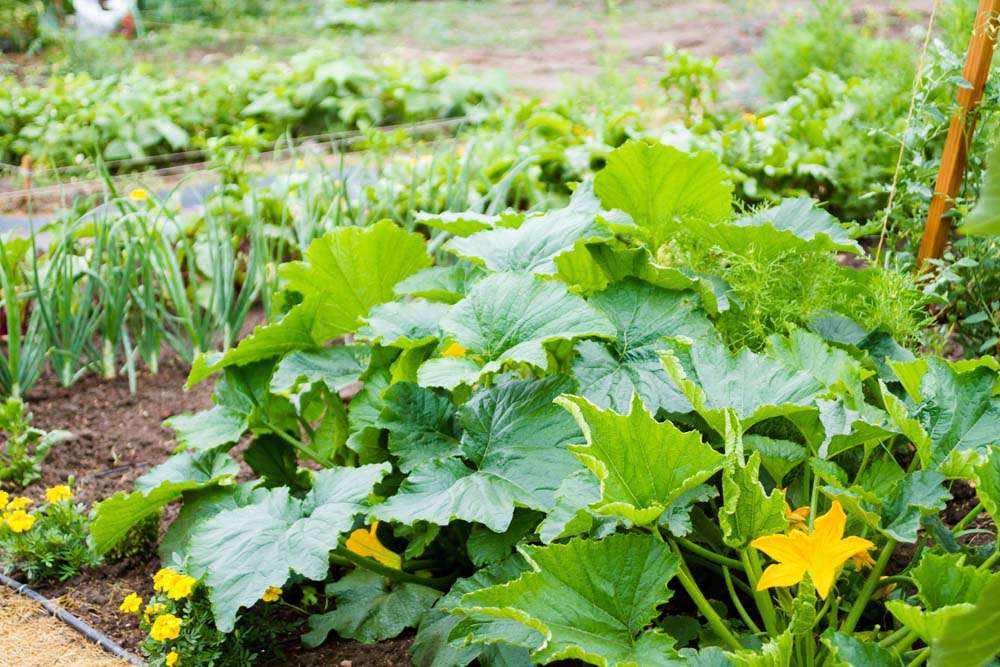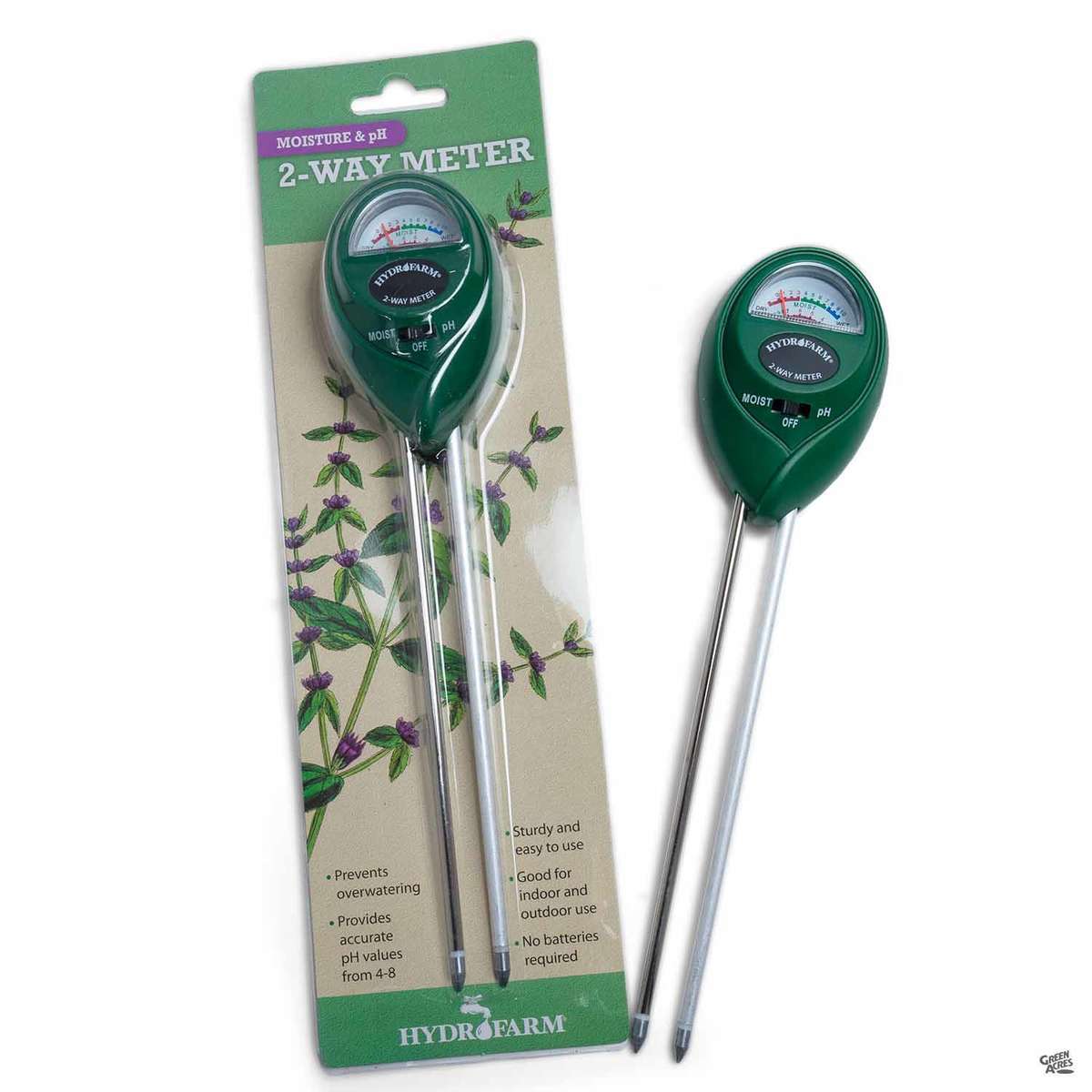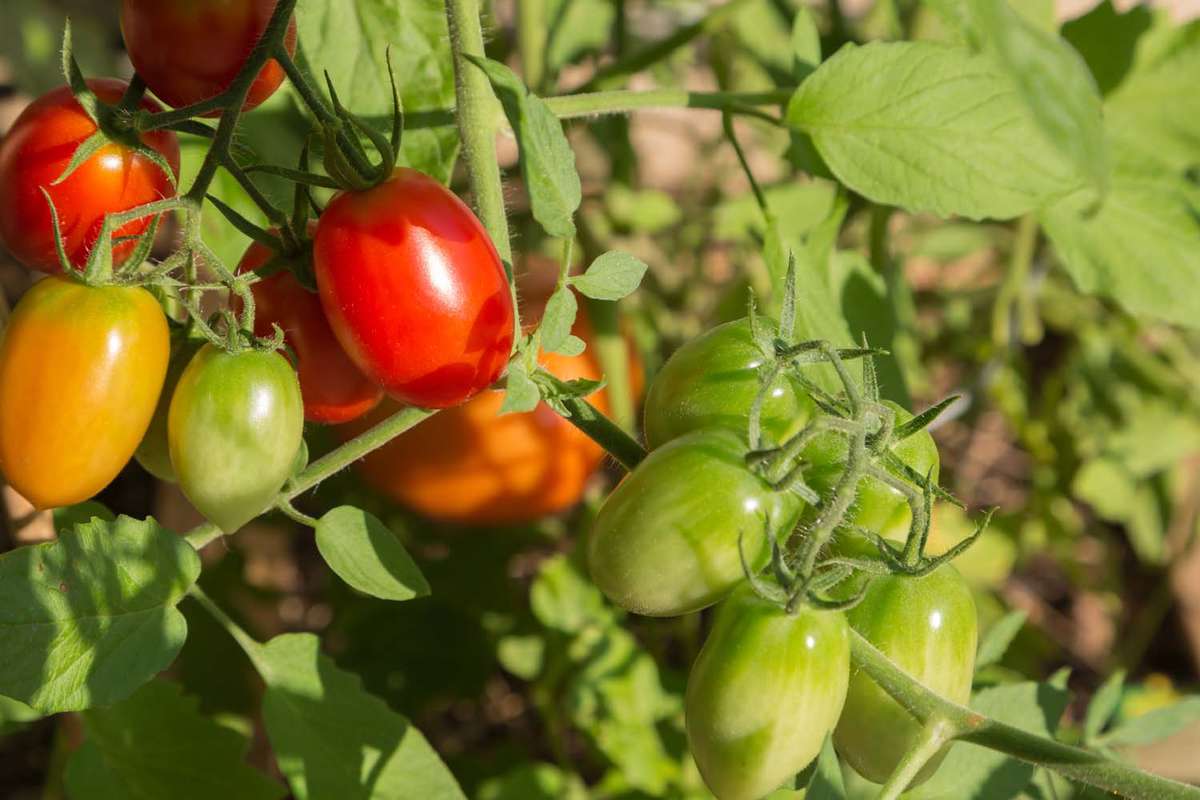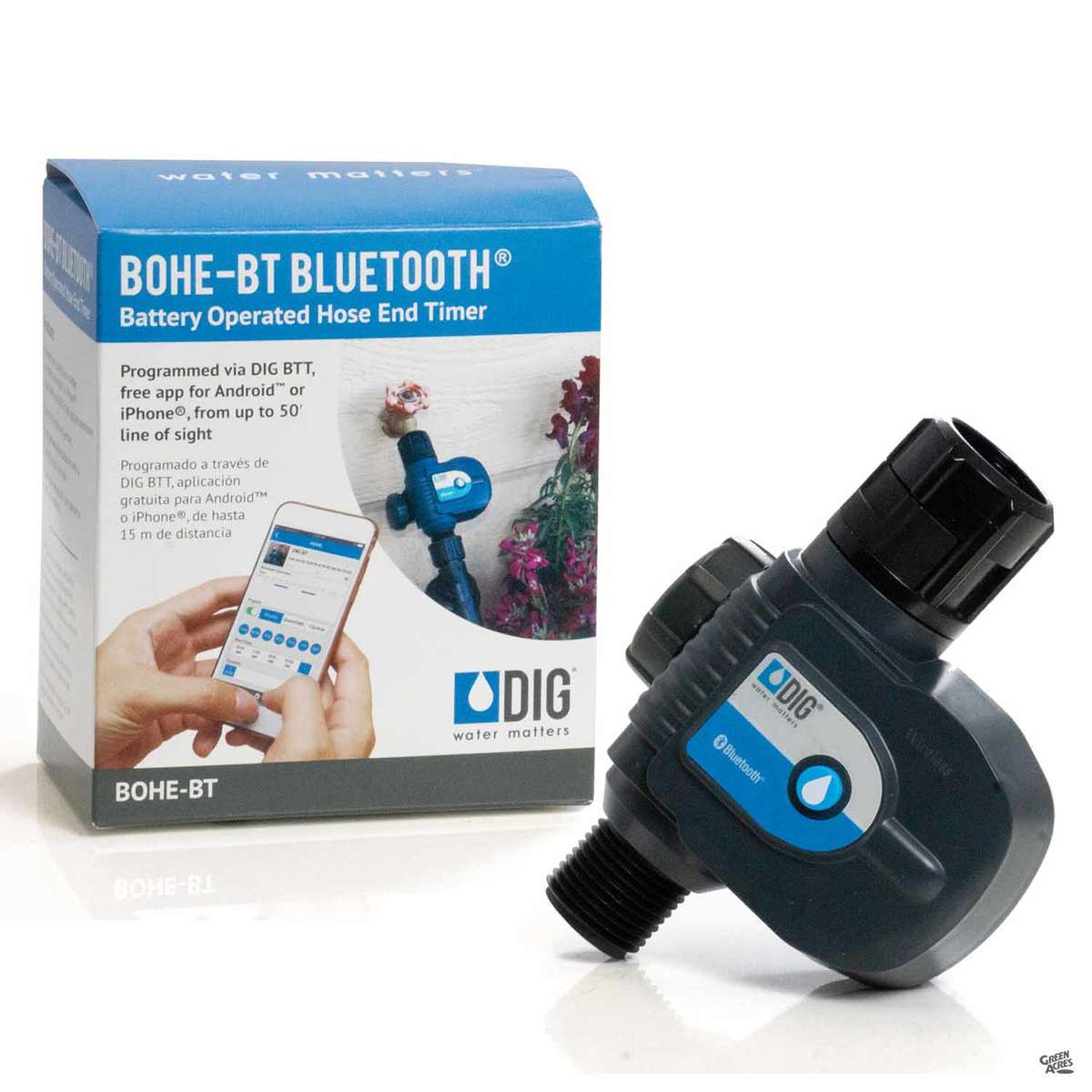
Late Summer Gardening in Sacramento

Can I Still Plant A Veggie Garden?
Summer is officially here. So can you still plant a summer garden? In our region we have a long growing season, so the good news is there’s still plenty of time to enjoy a summer garden, or to replace spent spring veggies and herbs. Planting in July is different than planting in April—and a big part of that is the heat. Read on for some helpful tips for planting in summer.
If you have specific questions about your garden, our gurus are here to help. If you are having pest or disease problems, bring in a sample in a sealed bag, and we can help diagnose.
If you have specific questions about your garden, our gurus are here to help. If you are having pest or disease problems, bring in a sample in a sealed bag, and we can help diagnose.
1. Sun is welcome but avoid areas where your new plants get late afternoon sun without any shade. Late afternoon sun (3pm-5pm) is very hot and can scorch young plants. If you plant in an area with some afternoon sun, opt for earlier sun because it is less intense.
2. Water more frequently after planting while your new addition is getting established. On 100-degree days, we water our 4” plants at the nursery at least two times a day. The first few weeks you should check the soil moisture daily. If it is dry, it’s time to water again.
3. Add the good stuff. Add a soil conditioner before planting to enrich your soil, along with some starter fertilizer. We love organics because they are gentle on plants even in hot weather. In contrast, synthetic fertilizers are high in nitrogen, which pushes new, tender growth, which can be vulnerable to sunburn and heat.

Garden Tip: Try a moisture meter to verify the soil moisture. Damp is good, but avoid soggy soil. Another tip is to simply stick your finger in the soil to a depth of two inches. If it is dry…time to water.

Garden Tip: If you're late in getting your garden started, consider plants that take only 50-60 days until harvest. Summer squash, cherry tomatoes, Persian cucumbers are all great options. Remember to add some of your favorite herbs as well.
4. What to plant? Consider planting smaller fruiting varieties. Plants that take 50-60 days until harvest. Any of the lunchbox or petite veggies are great options. Some ideas include cherry tomatoes, shishito peppers, Persian cucumbers, mini pumpkins, okra, summer squash, bush beans and more.
5. Have plentiful shade? First off…lucky you! Shade brings many opportunities in our summer gardens. Usually, we think of planting leafy green veggies in the winter, but they are appropriate in our area in summer shade. Try planting kale, lettuce, or other greens in the shade for a crunchy, healthy summer treat.
5. Have plentiful shade? First off…lucky you! Shade brings many opportunities in our summer gardens. Usually, we think of planting leafy green veggies in the winter, but they are appropriate in our area in summer shade. Try planting kale, lettuce, or other greens in the shade for a crunchy, healthy summer treat.
6. Have plentiful sun? Be sure to consider how radiant heat might impact your plants. Is your garden next to a house? In a stone container or close to concrete? These factors can increase the radiant heat 10 degrees or more. If your garden is in this category, it might be time to prop up an umbrella or install some shade cloth. Be sure to situate the cover high enough to allow air to circulate so plants stay cool.
7. Provide air flow. If you do add shade, be sure to space plants for mature sizes to allow good air flow. Too little air flow can lead to pest and disease problems down the road.
8. Mulch it up. Add a 3” top layer of mulch to protect the roots and lock in moisture. You’ll save up to 70% of water from evaporation.
9. Timers are our friends. Use timers to establish a routine and keep your watering consistent. Consistent watering will also help avoid pest and disease problems throughout the season, such as blossom end rot on your tomato crop. There are lots of timer options, but even a hose-end timer (it goes on the end of your garden hose) is an inexpensive solution and will get the job done.
10. Drip, drip, drip. Drip irrigation is efficient and gets water to the root zone without overspray, which is why we recommend drip irrigation for any garden.

Garden Tip: Programmable timers help establish a routine and keep your watering consistent.
